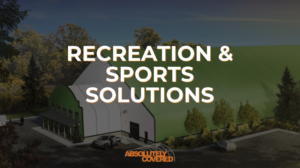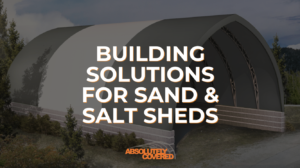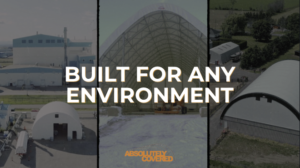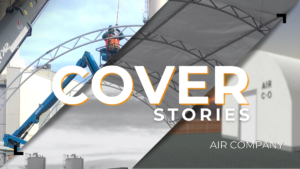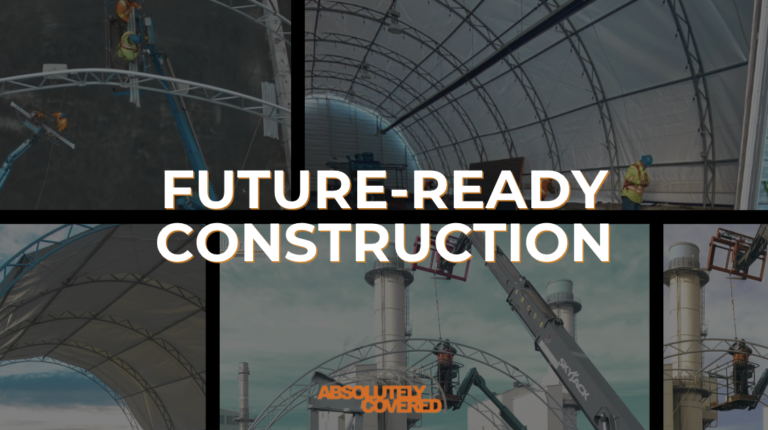
The Future of Construction: How Absolutely Covered Fabric Buildings are Framing the Path Forward
As the construction industry faces growing demands for more sustainable, adaptable, and cost-effective solutions, one innovation is rapidly gaining traction: Absolutely Covered’s custom-engineered fabric buildings. These structures, designed for durability and flexibility, meet industry requirements in sectors from agriculture to energy and industrial storage. The growing popularity reflects a larger trend in the future of construction materials as companies search for sustainable building solutions that can respond to both environmental and economic pressures. In this article, we’ll explore the role our custom fabric coverall buildings play in the evolution of construction, positioning them as a vital component in the shift toward flexible, eco-friendly building options.
What Sets Our Fabric Buildings Apart in the Future of Construction?
Absolutely Covered’s fabric buildings are unique in the construction landscape, often characterized by their “clear-span” designs—structures that eliminate the need for internal support columns. This results in open, unobstructed spaces that maximize usable area, making them incredibly versatile and adaptable across various industries. Custom-engineered to suit specific needs, fabric buildings offer a level of flexibility not found in traditional construction.
Our innovative structures align with modern construction’s shift toward sustainable, efficient methods. Utilizing fewer raw materials, faster installation times, and lower transportation costs, fabric buildings have a notably reduced environmental footprint. Additionally, materials used in fabric structures are often recyclable, creating a pathway to long-term sustainability and eco-friendly practices.
Addressing the Demand for Sustainable Building Solutions
The need for sustainable construction practices has never been greater, as industries face increased pressure to meet environmental standards and reduce carbon footprints. Fabric buildings offer a sustainable building solution by minimizing waste and energy use in production, installation, and lifecycle maintenance. Compared to traditional construction, fabric buildings require significantly less material and energy, which helps to curb greenhouse gas emissions.
Fabric structures are also more energy-efficient. The fabric material used is typically lighter and more flexible, allowing for natural light to penetrate the structure. This reduces the reliance on artificial lighting, which in turn decreases energy costs and environmental impact. In regions with harsh weather conditions, these buildings can also be equipped with insulation features, maintaining indoor temperature levels efficiently and further minimizing energy consumption.
Cost-Effective Construction Alternatives: Meeting Budget Constraints
Rising costs in traditional construction have made cost-effective construction alternatives a necessity for many industries. With fabric clearspan buildings, the cost savings are substantial, making them an ideal choice for companies looking to minimize expenditures while maintaining structural integrity and durability.
Fabric buildings generally require less time and labor to install than conventional structures. This shortened construction period not only reduces overall costs but also means companies can get their operations up and running faster. Whether used as temporary storage, shelters, or even permanent structures in some cases, fabric buildings are a financially viable solution that doesn’t compromise on quality.
In addition to reduced construction time and labor costs, maintenance expenses for fabric buildings are also lower. Unlike steel or concrete buildings, fabric structures do not corrode or deteriorate as quickly, which results in fewer repairs over time and lower lifetime costs. Furthermore, they can be easily relocated, resized, or modified, offering flexibility without the expense of a complete rebuild.
One of the standout benefits of Absolutely Covered fabric buildings is their adaptability across diverse sectors. Here are some of the primary industries where our fabric structures are making a significant impact:
Agriculture: Fabric buildings are increasingly popular as farm structures and storage shelters. Our clear-span designs create open spaces ideal for equipment storage, livestock housing, and even crop storage. The ability to maintain interior temperatures and resist environmental factors makes them ideal for year-round agricultural use.
Energy: For the energy sector, particularly in areas with remote or harsh conditions, fabric buildings provide reliable and durable shelters for equipment, maintenance areas, and even workforce accommodations. Their quick installation and adaptability make them perfect for temporary setups that may need relocation as projects shift.
Industrial Storage: The need for large, unobstructed storage spaces has made fabric buildings popular in industrial storage applications. They can house heavy equipment, vehicles, or inventory, providing protective, weather-resistant coverage for critical assets. Their clear-span design ensures maximum storage efficiency, ideal for companies looking to expand capacity without massive capital investment.
Innovative Fabric Structures: Built to Withstand Harsh Conditions
Durability is a core feature of these innovative fabric structures. Fabric coverall buildings are engineered to withstand a variety of environmental stresses, including heavy snow loads, strong winds, and extreme temperature variations. For industries operating in challenging climates, this resilience is invaluable.
The structure of fabric buildings is typically supported by high-tensile steel frames, with fabric materials that resist tearing and UV damage. This combination of strength and flexibility ensures a long-lasting structure that requires minimal maintenance over time. In fact, many fabric buildings are specifically engineered for high-wind and snow-prone regions, giving businesses peace of mind even in extreme weather.
Adapting to Changing Industry Demands with Custom-Engineered Fabric Buildings
As industries evolve, so do their infrastructure requirements. Today, companies are looking for structures that can easily adapt to changing needs, whether it’s expanding storage, relocating operations, or creating multi-purpose spaces. Our fabric buildings offer the flexibility to grow and change with these demands.
Absolutely Covered structures can be customized to suit unique industry requirements, from size and layout to specific materials that enhance durability or insulation. For companies in fast-paced environments, fabric buildings allow for quick adaptation, providing the right space when and where it’s needed. This adaptability is essential as businesses respond to market changes, seasonal demands, or project-based requirements.

The Future of Construction Materials and Fabric Building Technology
Looking ahead, innovations in fabric building technology promise to further enhance their role in construction. Manufacturers are exploring advanced materials and coatings to increase durability and energy efficiency, as well as integrating smart technology for monitoring temperature, humidity, and structural integrity. Such advancements could position fabric buildings as frontrunners in the future of construction, setting new standards in durability and functionality.
The integration of sustainable materials and smart technology is not only appealing to businesses but also aligns with regulatory trends favouring environmentally conscious construction. By investing in fabric buildings now, companies can future-proof their operations against the changing demands of regulatory standards and environmental expectations.
Fabric Buildings as Essential to a Sustainable Future
Fabric buildings are much more than temporary solutions—they represent a shift towards “cost-effective construction alternatives” and sustainable, adaptable spaces in an evolving construction industry. As industries continue to prioritize flexibility, environmental stewardship, and efficiency, fabric structures offer a future-proof solution. Their applications across agriculture, energy, industrial storage, and beyond underscore their value as a cornerstone of modern construction practices.
For companies ready to embrace this shift, our fabric buildings offer a versatile, sustainable, and financially viable alternative to traditional construction. As the future of construction materials evolves, fabric buildings stand as a testament to how innovation in design and sustainability can lead industries toward a greener, more adaptable future. Absolutely Covered is here to lead the way in custom-engineered fabric solutions, bringing the future of construction to businesses today.
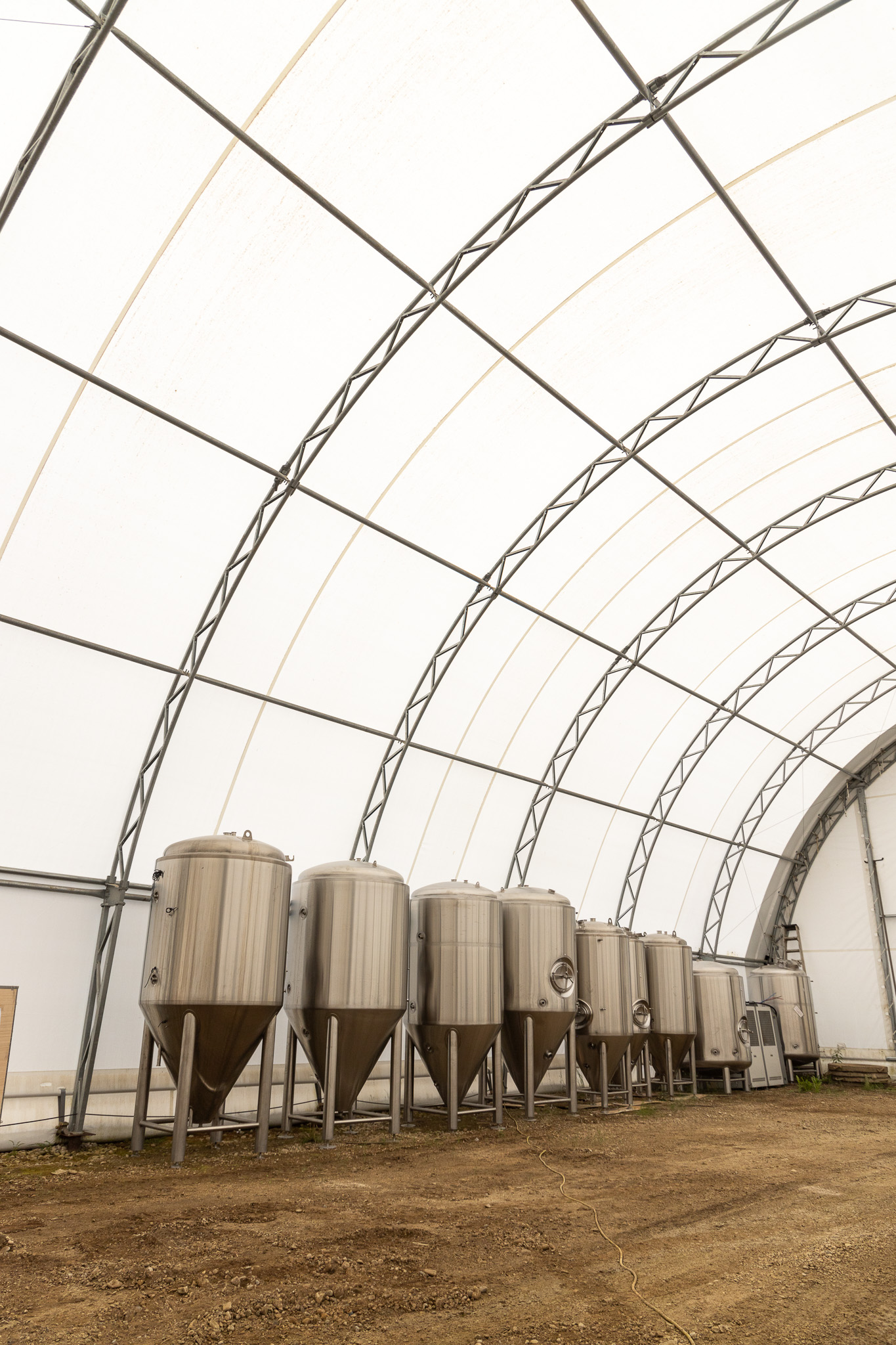
Contact us today for more information.
📍 Serving Western Canada: British Columbia, Alberta & beyond, including:
Calgary, Edmonton, Red Deer, Lethbridge, Vancouver, Nanaimo, Kamloops, Vernon, Prince George, Calgary, Edmonton, Kelowna, Grande Prairie, Nanaimo, Campbell River, Langford, Victoria, Kitimat, Terrace, Prince Rupert, Abbotsford, Medicine Hat, Fort St. John, Cranbrook, Fort McMurray, Lloydminster, Airdrie, St. Albert, Sherwood Park, Spruce Grove… & more!

